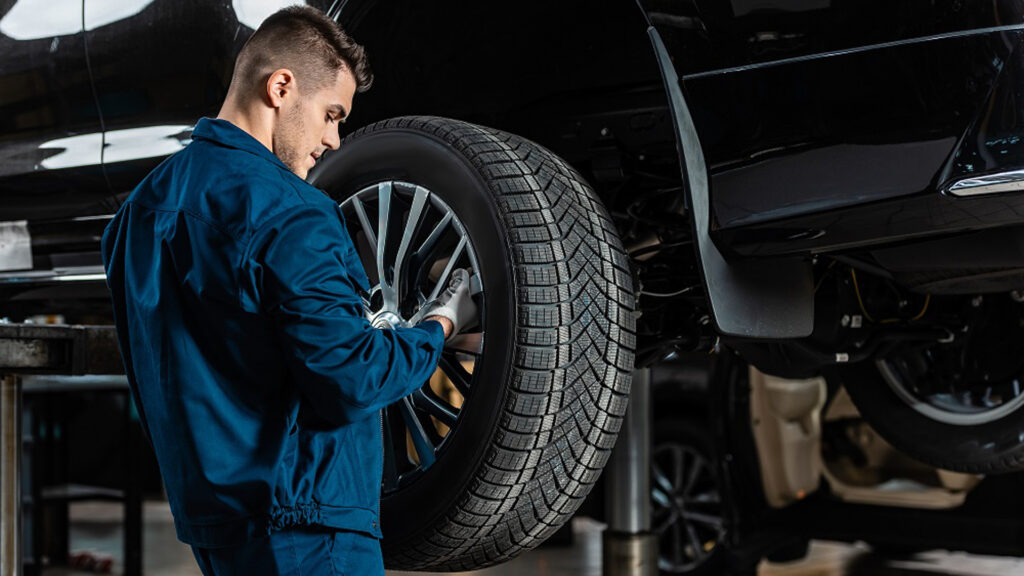
Along with many other parts of any vehicle, tires are just some of the components that will eventually wear out and need to be replaced. Tires play an integral part in providing traction in all kinds of road conditions. Neglecting to replace worn tires will result in a loss of traction which could decrease the vehicle’s ability to corner and brake. So, when is the right time to replace the tires? This would depend on one or several factors such as tread depth, date of manufacture, and visible signs of damage. Here are some tips on what to check or look for in a tire that would show it already needs to be replaced.
Tread Wear Indicator
Located within the grooves of the tire tread, are small raised bars or humps placed at different points to measure how even the tire is wearing out. But it’s also the easiest way of determining if the tires need replacing. Simply run your finger horizontally over the tread wear bar /hump. If you feel the bar/hump against your finger even with the tread, then it’s time for new tires. This means that the tread has reached the legal tire tread depth limit and is no longer safe to use.

Date of Manufacture
All DOT street-legal tires are required to have a date of manufacture stamped on the tire’s sidewall which indicates the manufacturing date of the tire (Month/Year). Even if the tires still look brand-new and regardless of tread wear, vehicle manufacturers generally recommend replacing the tires after six years, while most tire manufacturers recommend replacing them after 10 years. As depicted in the image (2019), this tire was manufactured during the second month of 2019.

Deep Cuts/Visible Damage
Aside from the tire tread, the tire’s sidewall is also vulnerable to damage caused by driving over deep potholes and hitting the curb. This will normally result in a noticeable bulge or bubble on the sidewall which ultimately means that the tire needs replacing. Other damage such as deep punctures or cuts caused by sharp objects which are beyond repair will also need to be replaced.


Do I Have To Replace All Four Tires At Once?
The answer is yes because the tires must be identical to one another so as not to compromise the vehicle’s overall performance and handling. Driving a vehicle with a mismatched set of tires is not recommended as it may not respond quickly to steering input and provide consistent traction. At the very least, replace a minimum of two tires on both sides with the new one mounted up front.
Note: This does not apply to RWD vehicles with a factory staggered tire setup (The front and rear tires are sized differently with the rears being slightly wider)
Source: For safety’s sake, replace your tires when you see these signs


More Stories
Optimizing Route Planning with Courier Software
Site Oficial Para Cassino Online At The Apostas No Brasil
Site Oficial Para Cassino Online At The Apostas No Brasil